Storyland
For free-wheeling spirits everywhere, here’s our pick of the best UK books for the wild at heart.

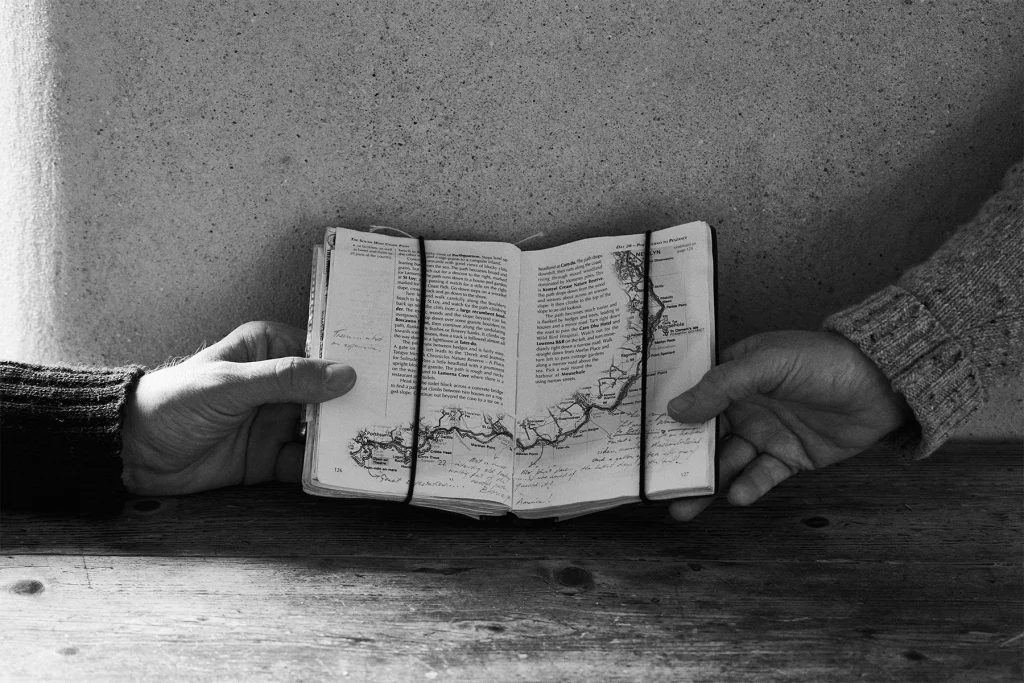
‘To stand alone in a field in England and listen to the morning chorus of the birds is to remember why life is precious’ John Lewis-Stempel.
Second best to actually being outside is reading about it. We’ve collected our favourite books on the great outdoors. A mix of wild landscapes, forgotten folklore, lyrical descriptions, foraging tips and brave journeys that explore the wonders of our wilderness.
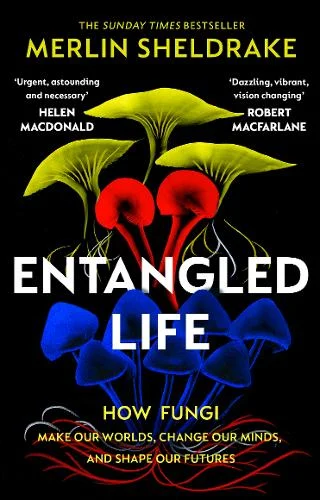
Entangled – How Fungi Make Our Worlds, Change Our Minds and Shape Our Futures
Merlin Sheldrake
Sheldrake’s mind-bending journey into this hidden world ranges from yeast to psychedelics, to the fungi that sprawl for miles underground and are the largest organisms on the planet, to those that link plants together in complex networks known as the ‘Wood Wide Web’, to those that infiltrate and manipulate insect bodies with devastating precision. We’re introduced to entities that are intricate, surprising, sophisticated, adaptable, mystifying, virtually omnipresent and extraordinarily enduring (they’ve been around for over a billion years).
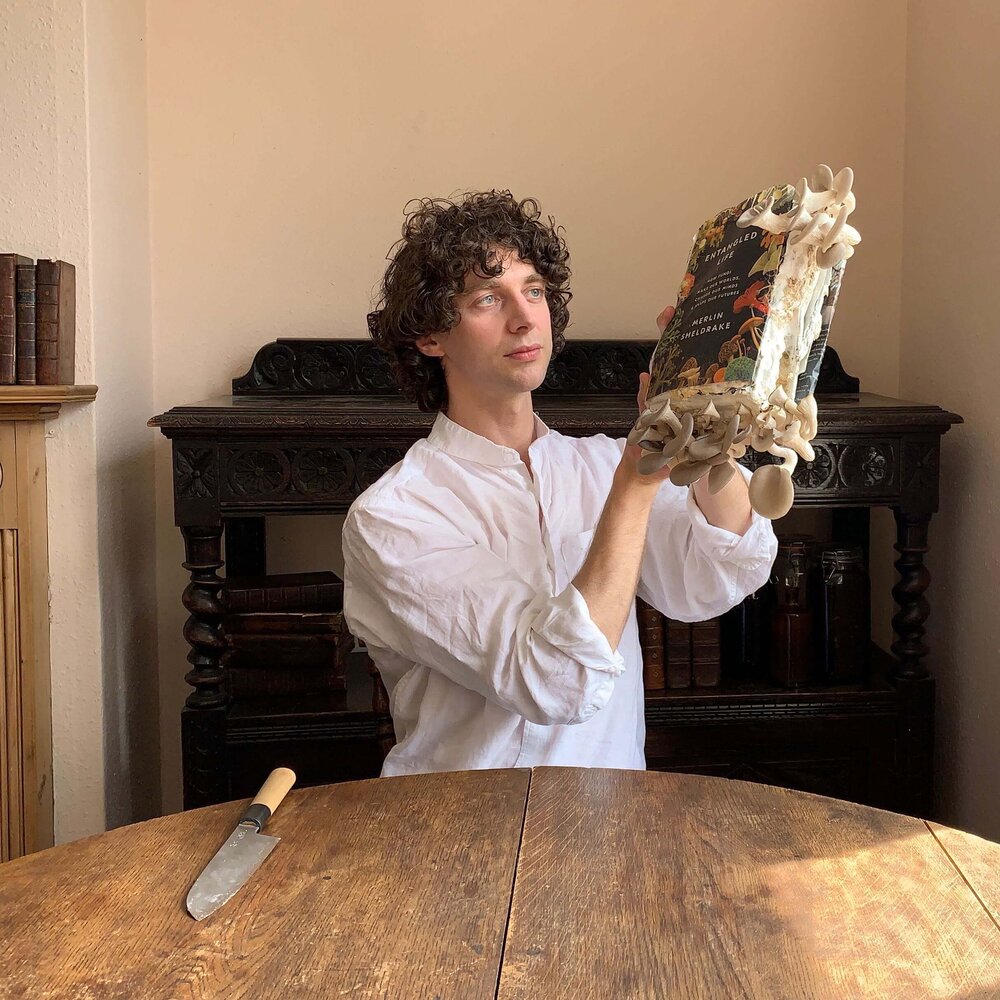
We also find out what we owe to fungi. Highlights from a long list include making existence on land possible; influencing the weather; sustaining plants; servicing almost every inch of our bodies; cleaning up oil spills; creating whole new ecosystems; and giving us alcohol and penicillin (and more drugs besides). Be warned though, his findings raise serious questions about ourselves. Are humans really independent? Are we as in control of our lives as we like to think? This is a life-changing book. Once you’ve read it, you can’t fail to see the world and your part in it in a new light. You may also start to wonder what exactly it is that makes you, you.
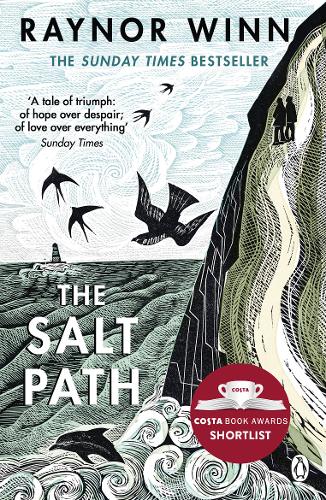
Raynor Winn
The day after Raynor and Moth found out they were going to lose the Welsh farm where they had brought up their two children, a doctor told Moth that he had a rare and incurable degenerative brain disease. Within days the bailiffs came knocking and they were homeless.
So what do you do when you’re in your 50s, have lost all your worldly possessions and been diagnosed with a terminal illness? Naturally, you decide to walk the South West Coast Path, from Minehead in Somerset, through north Devon, Cornwall and south Devon, to Poole in Dorset, via Land’s End. A 630-mile walk, equivalent to climbing Mount Everest four times.
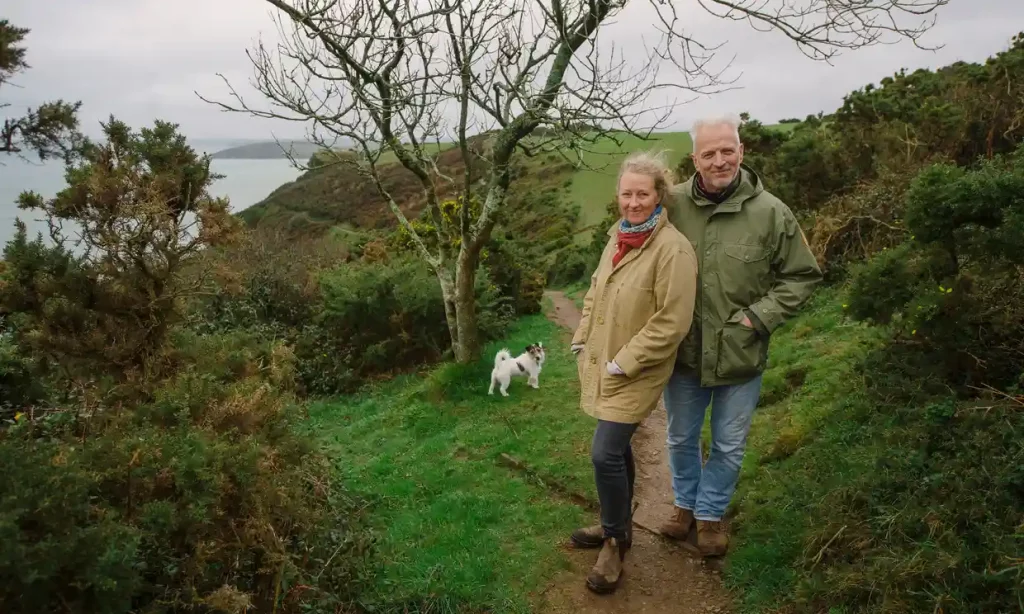
Their journey is filled with as many ups and downs as the undulating cliff-edge route. Yet the freedom of wild camping, swimming in the moonlit sea and surviving on fudge and pasties allows them to come to terms with their situation and learn to hope again: “Like the windblown trees along our route, we had been re-formed by the elements.” A life-affirming true story of coming to terms with grief and the healing power of the natural world. Ultimately, it is a portrayal of home, and how it can be lost, rebuilt and rediscovered in the most unexpected ways.
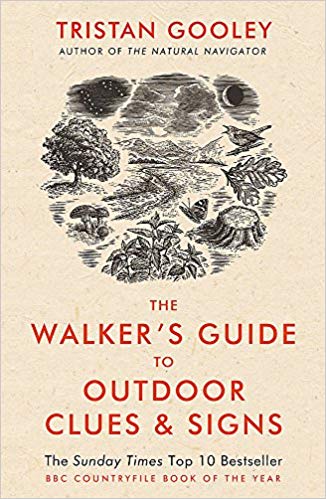
The Walker’s Guide to Outdoor Clues and Signs
Tristan Gooley
Coming into possession of Gooley’s book is like being given some sort of magical text. Eye opening, invaluable and in terms of sheer did-you-knows per page it is one of the richest, densest, most rewarding books on nature you’ll read.
The ultimate guide to what the land, sun, moon, stars, trees, plants, animals, sky and clouds can reveal – when you know what to look for. His pioneering outdoors experience and six years of instructing, researching and writing has been pulled together to provide the most comprehensive guide to natural navigation for walkers ever compiled, with over 850 clues and signs for weather forecasting, tracking, city walks, coast walks, night walks and dozens of other areas.
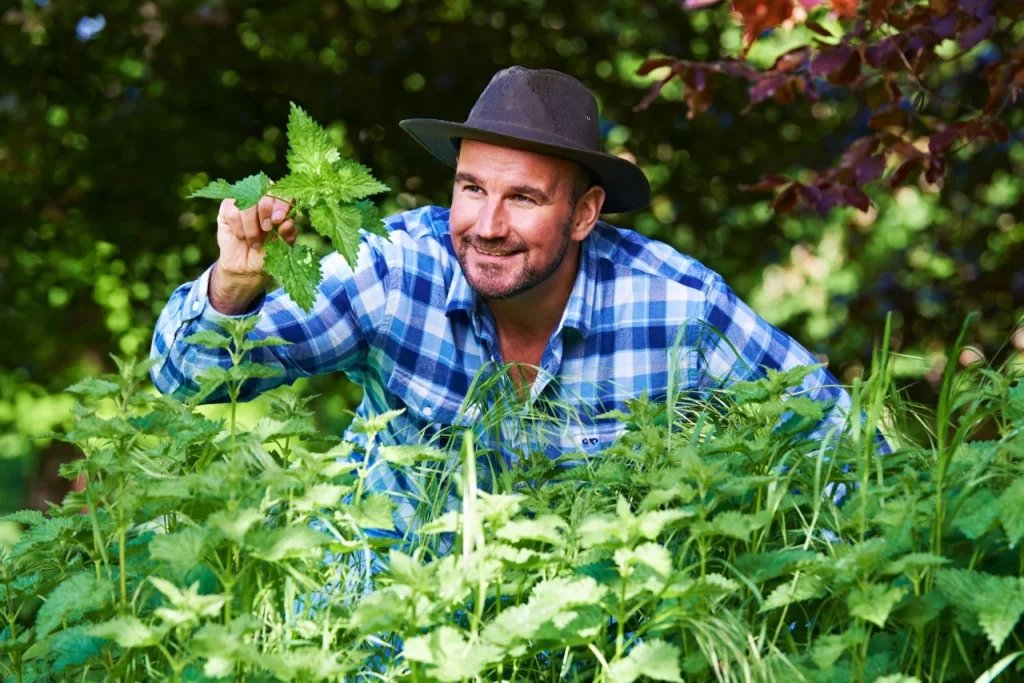
It’s joy in deduction is infectious and you will never look at the English countryside in quite the same way again. “Even the intrepid Bear Grylls could learn a trick or two from this book”. The Times

Benjamin Myers
A folksy, magnetic tale about two outsiders seeking healing and enlightenment by creating crop formations in a Wiltshire field. Filled with all the idiosyncrasies of British life, it’s a spirited and anarchic novel about two friends on a quest to bring magic to the landscape.

The novel’s title derives from a conversation between the men. As one of the characters explains, there is no such thing as a truly perfect circle, it “can only ever exist as an idea”. Which means, he adds, “that we each carry one within us”.
The notion neatly encapsulates the generosity of Myers’s novel, which brings together ingredients as diverse as folk song, Gaia theory and trauma, grounding them all in a memorable hymn to beauty.
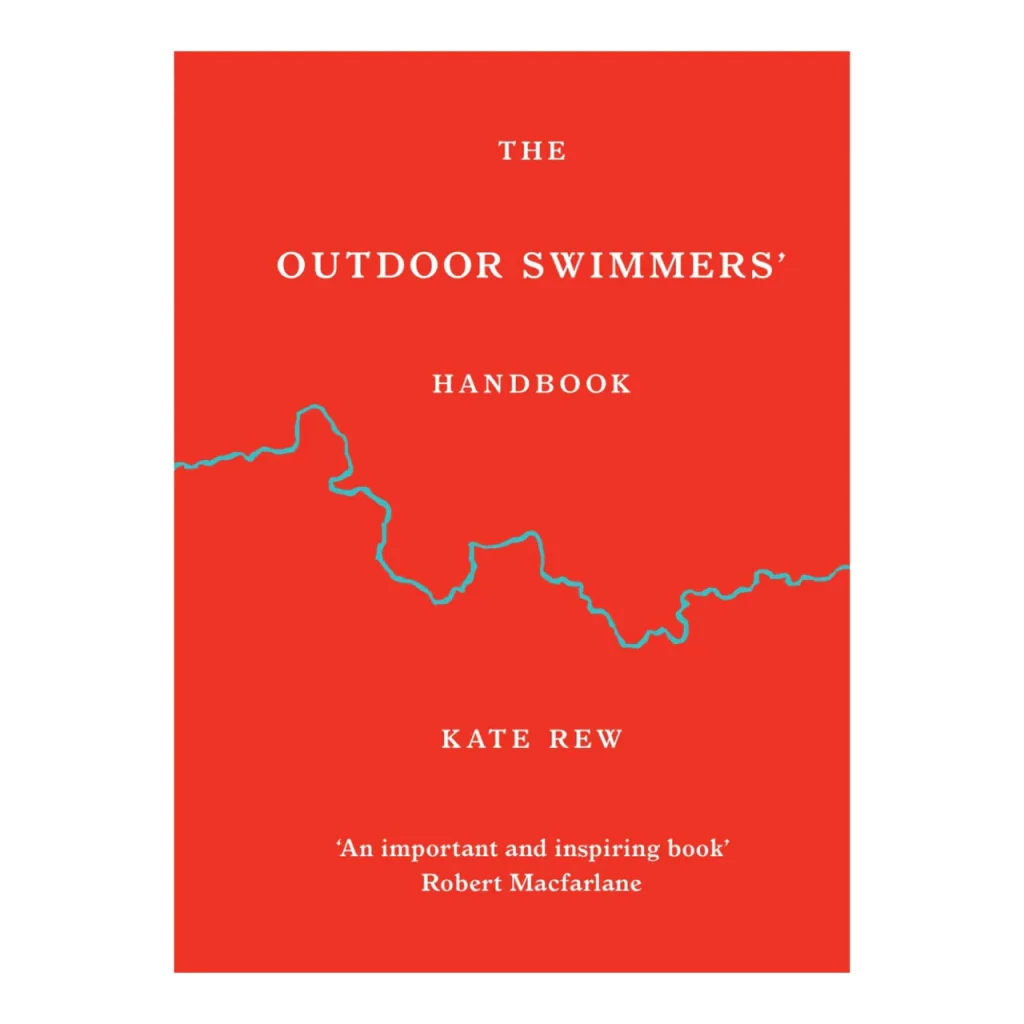
The Outdoor Swimmers’ Handbook
Kate Rew
Capturing the freewheeling spirit, community and wisdom that defines The Outdoor Swimming Society movement, founder Kate Rew reveals everything you need to know to explore rivers, lakes, seas and estuaries. Sharing tales of her own swims, she explores the rich and varied life of outdoor swimmers, mapping the forays into rivers, estuaries, lakes and seas for a dip, a moonlit swim or a great adventure. From the physiology of cold to planning lazy downstream swims, it’s a beautifully illustrated guide to the nature-meets-wellbeing sport of outdoor swimming.
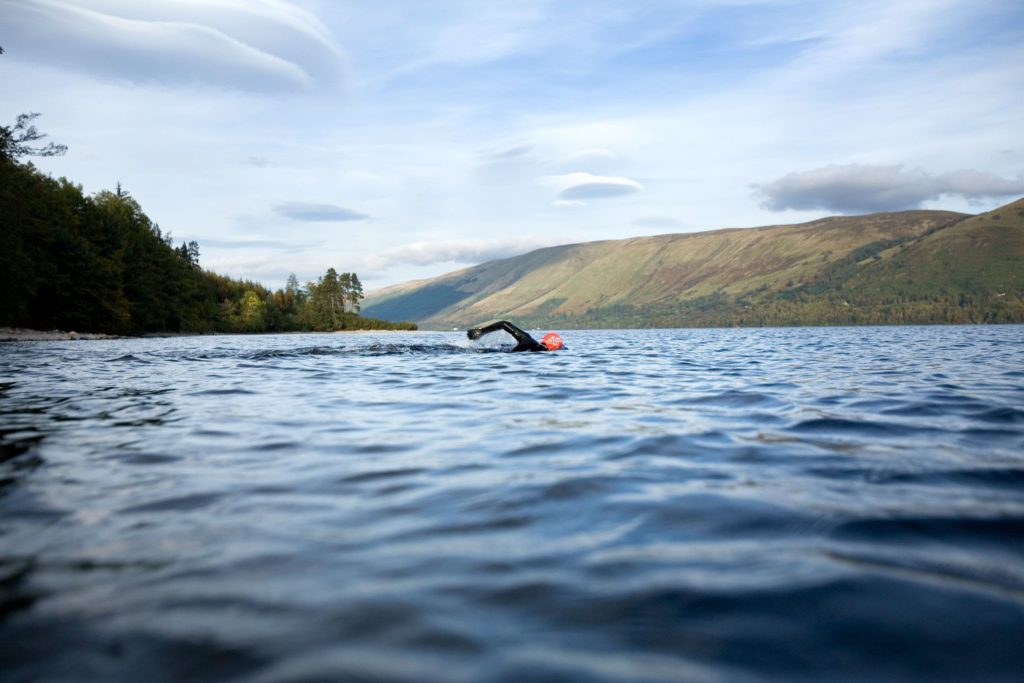
With kit, equipment, locations, nature guides, full colour illustrations and photographs you can experience the “wonders and friendships of Britain’s rivers, lakes and seas’ Robert Macfarlane. Both poetic and practical, there is a genuine joy of aquatic adventures of all sorts.
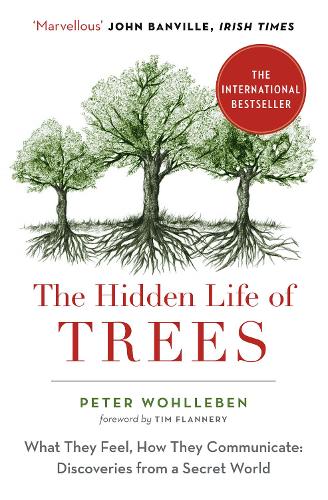
Peter Wohlleben
Trees have friends, feel loneliness, scream with pain and communicate underground via the “woodwide web”. Some act as parents and good neighbours. Others do more than just throw shade – they’re tough bullies to rival species. Reading Peter’s book and a walk in the woods feels different when you imagine the network of roots crackling with sappy chat beneath your feet. We don’t know the half of what’s going on underground and beneath the bark, he says: “We have been looking at nature for the last 100 years like [it is] a machine.”
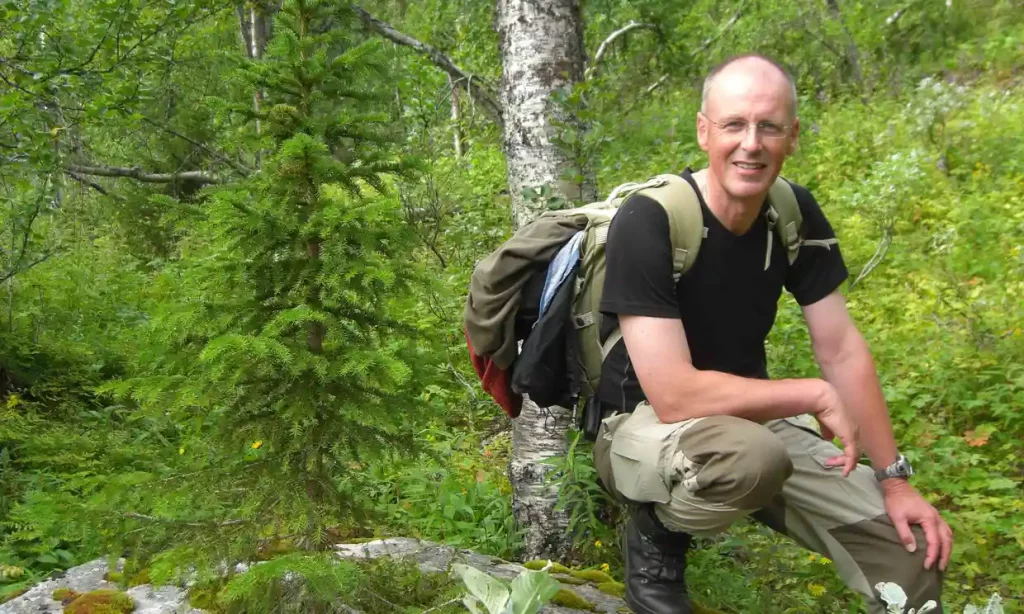
Instead he puts the case that trees possess similar qualities to the human family – social beings with a powerful and self-interested survival system. “Trees may recognise with their roots who are their friends, who are their families, where their kids are. Then they may also recognise trees that are not so welcome.” Through decades of observing the lives of trees, there is a deep love of woods and forests and the amazing processes of life, death and regeneration . A walk in the woods will never be the same again.

Robert Macfarlane & Jackie Morris
A soaring visual hymn to the vanishing poetry of the countryside. Breathtakingly beautiful in its design and production, this really is a book to treasure forever. The Lost Words is a special illustrated collection of spell-poems to re-wild the language of children. All over the country, there are words disappearing from children’s lives. These are the words of the natural world – Dandelion, Otter, Bramble and Acorn, all gone. The rich landscape of wild imagination and wild play is rapidly fading from our children’s minds.
This work stands against the disappearance of wild childhood. It is a joyful celebration of nature words and the natural world they invoke.

Assembled in spell-poems by the incredible wordsmith that is Robert Macfarlane and illuminated by Jackie Morris’ unparalleled skill in rendering the natural world, The Lost Words is a volume to be treasured. The book – standing some two feet high and over 130 pages – is almost as monumental as the world it describes, a fitting thing of beauty to arrest the decline of a language and experience that are both so quickly fading away.